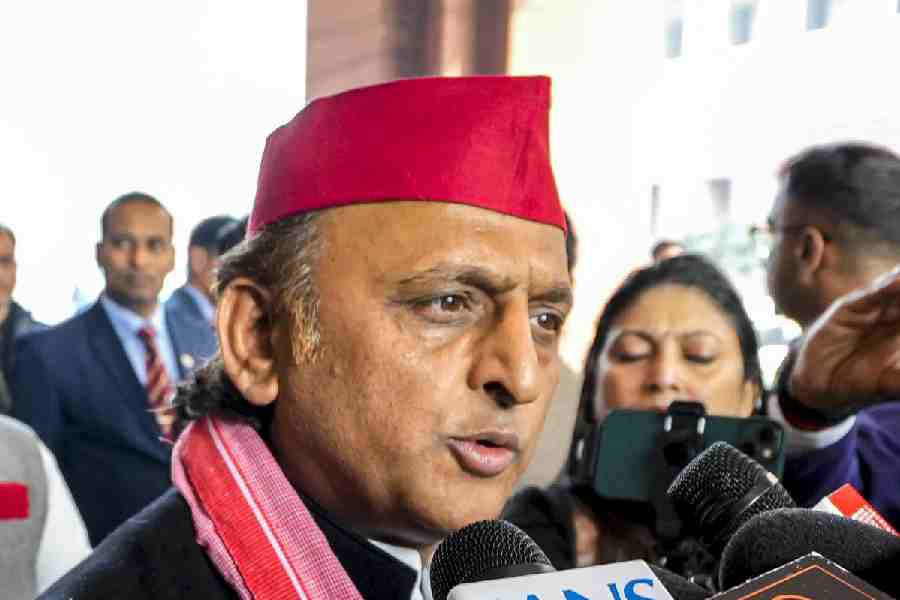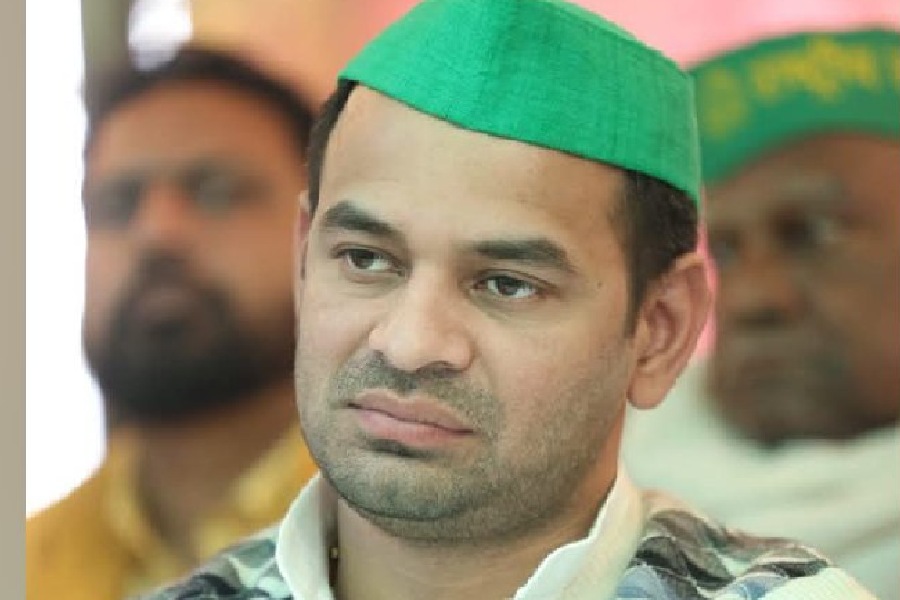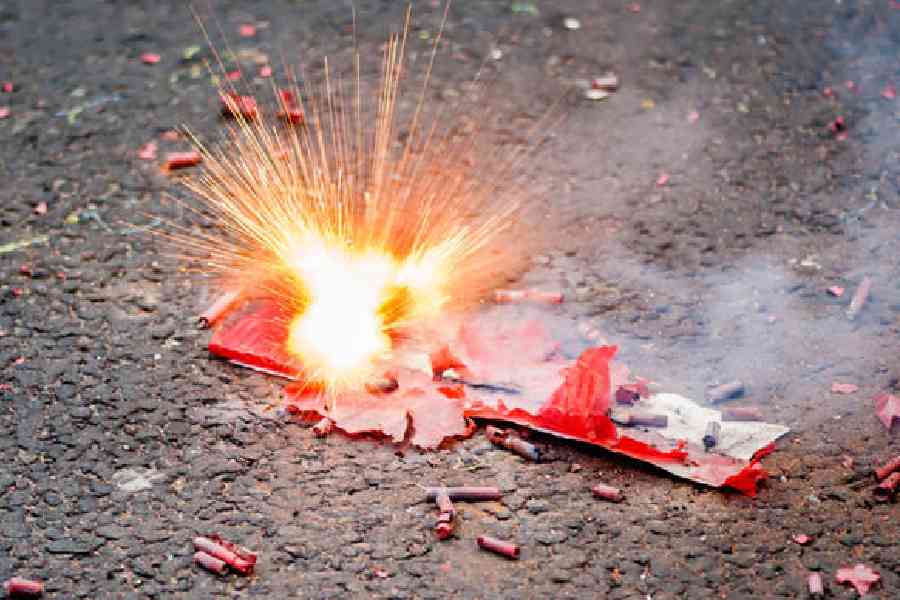 |
The Calcutta School of Music began its centenary celebrations with a splendid inaugural concert that was held in the majestic ballroom of the Raj Bhavan on the evening of January 18. The governor of West Bengal, M.K. Narayanan, was the chief guest at the occasion. His opening address was articulate, informative and laced with humour. As he confessed, he was nervous owing to his lack of knowledge about Western classical music, but had been assured by the chairperson of the CSM to go ahead with his speech and he would surely receive a standing ovation. He duly closed his address with “All that is left now is the standing ovation.” He got it.
The special celebrity of the evening was the inimitable Lolita Mayadas, the former principal of the CSM, who was on a brief visit for the occasion. Lolita and her husband, Azim, are a unique and charismatic couple whose musical performances were memorable for their brilliance. In the words of the governor, Lolita brought the CSM into the golden age of western music in Calcutta, and she was present once again, among many of the teachers and musicians whose lives she had influenced. Lolita’s acceptance speech, in response to the award with which she was honoured, was gracious and inspiring.
The concert that followed featured the Calcutta Chamber Orchestra, now honed to a finer level of musical discipline than ever before, under the watchful guidance of the vice-chairman of the CSM, Sam Medora, and the enthusiasm and hard work of their conductor, Sanjib Mondol. The solo pianist of the evening was Karl Lutchmayer.
It was heartening to note the number of musicians who travelled from different parts of the country to be a part of the first of the school’s centenary celebrations, not least of all Aruna Sunderlal, of the Bangalore School of Music, the absence of whose distinctive contralto created a significant vacuum in the church choir and on stage when she left Calcutta so many years ago.
The CCO began with the national anthem, specially arranged by Jyotishka Dasgupta for the performers of the CCO, nicely harmonized and orchestrated to suit the available instruments of this group and yet maintaning the spirit of an anthem. The performance of the national anthem was great at the beginning and even better at the end of the concert.
The first programme offering was the enigmatic Serenade No 2 in F Major (Opus 63) by Robert Volkmann. I had not heard it before, and I commend Mondal for its inclusion in the programme. Of the four movements they played, the first was the allegro moderato. It was a good work to showcase the skills of each instrumental section. The musicians of the CCO in their new avatar have some impassioned violinists, along with some excellent, committed cellists and double basses. The attention to disciplined bowing and intonations resulted in a pleasant musicality that one is now coming to expect from them. What listeners are also beginning to expect is the inclusion of Grieg’s Holberg Suite (Opus 40), ideally suited to the capabilities of this ensemble and now a happy fixture in its repertoire.
Let us move on to someone whose performance was the much awaited highlight of the evening. Karl Lutchmayer, born of Indian parents in London, is a professor of Performing Practice at the Trinity College of Music, as well as a guest lecturer at the Julliard and Manhattan schools in New York. (My young companion was prompted to ask a pertinent question: at what stage could practice be considered worthy of being called performance?) The beautiful Boston grand piano, courtesy Braganza and Co, was rolled forward, and Lutchmayer made his entrance to expectant applause.
The Eclogue for Piano and Strings (Opus 10) by Gerald Finzi was written in the late 1920s as part of a larger work, but later was finished to be played on its own. The hauntingly lyrical solo introduction was subtly woven in with the orchestra, its harmonies and modulations distinctly bearing the influences of Vaughan Williams and Elgar, taking the listener on a pastoral journey to an English countryside.
The Piano Concerto No. 14 in E Flat Major, by Mozart, that followed was written in 1784. It has three movements: the allegro vivace, the andantino and the allegro ma non troppo. The three elements that brought the music to life were the well rehearsed musicians, Lutchmayer’s polished performance and the nice warm tone of the Boston grand. Most importantly, the acoustics of the noble ballroom, with its high ceiling, vast size and glittering chandeliers, aided the performance.
The jaunty last movement came to a close to appreciative applause, as the audience stood up for the national anthem. The governor then felicitated the chairperson of the CCO, Dikoo Nowrojee, and Lolita Mayadas, and flowers were presented to every musician.











